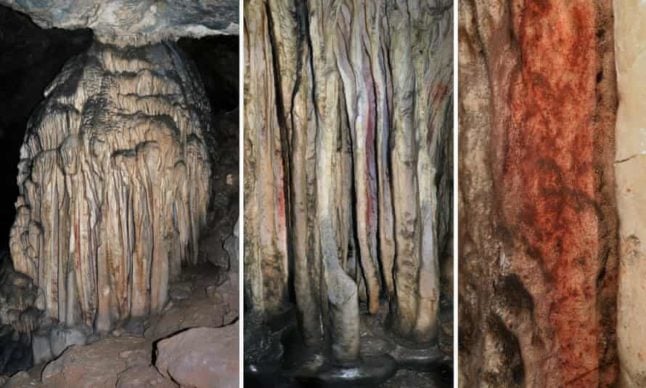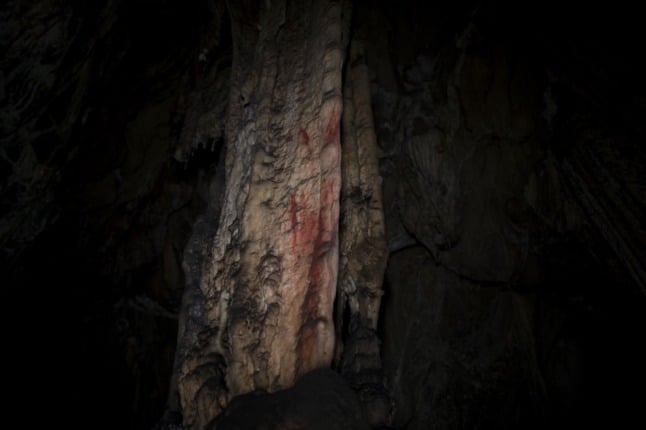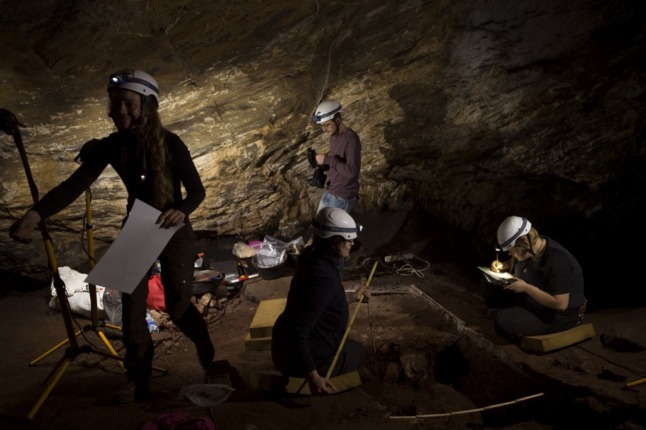Who is Lorenzo Benini?
He’s a 53-year-old Florentine entrepreneur with a passion for archaeology. An economics graduate, Benini is currently both a university professor and the managing director of the logistics and shipping company, Kostelia, where he heads a team of 20 employees.
But his idea of the perfect day off, unlike many businessmen, doesn't involve alcohol, good food and an Italian beach. Instead, he'd far rather pull on an Indiana Jones-style get-up and spend the day sifting through dirt and stones, looking for ancient relics.
Why is he in the news?
Benini, along with his team of archaeologists from the University of Turin and the Superintendence for Archaeological Heritage of Southern Eritruria, uncovered a 2,700-year-old Etruscan burial site last weekend in Tarquinia, central Italy.
In fact, if it weren't for Benini, the excavation probably wouldn't even have gone ahead – as he financed it himself.
Since the discovery, he seems to have become a national treasure himself, featuring in numerous articles about the discovery.
What did they find inside the tomb?
Inside the tomb, the team found the skeleton of a man who is believed to be of noble origin, lying on a stone platform.
In addition, the archaeologists found gold jewellery, seals, a lance, a javelin, vases and other ornamental objects suggesting he could be of royal status.
Speaking to Il Messaggero newspaper, Alessandro Mandolesi, professor of antiquity at the University of Turin, said the most striking object they found in the tomb was an ‘aryballos’ [a type of vase], found hanging on a nail.
Click here to view a gallery of the discovery
How important is the discovery?
Well, according to excavation leader Alessandro Mandolesi of the University of Turin, very important indeed.
“It’s an unique discovery, as it’s extremely rare to find an inviolate Etruscan tomb of an upper-class individual,” Mandolesi told Discovery News. “It opens up huge study opportunities on the Etruscans.”
In an interview with Corriere della Sera, Mandolesi said that the last time a comparable tomb had been discovered intact was more than 30 years ago, but that it collapsed before it could be excavated.
"This one is completely intact and may well reveal further surprises," he added.
The discovery must have been quite an experience…
Judging from his interview with Corriere della Sera, Benini was profoundly moved.
“That air from another age, another life, another world, another dimension, pierced through my lungs and flooded my brain with unutterable sensations,” he told the paper. “My hands were shaking and I almost fainted.”
According to reports, Benini was the first to enter the unexplored tomb. Describing the moment, he said: “I looked at [the skeleton] with compassion and a strange love that I’ve never felt in my lifetime. And then, when I left the hypogeum [an underground temple or tomb], I started to cry.”
What now?
Well, according to Corriere della sera, there is also the exciting possibility that the tomb of Tarquinius Priscus, the fifth king of Rome (616 BC-579 BC) may also be located in the area.
But for now the team is currently working to identify and catalogue the items found in the tomb.
Meanwhile, Tarquinia’s Mayor Mauro Mazzola, in an interview with Il Messaggero, hailed the discovery as a welcome boost to the area’s cultural heritage which would in turn boost tourism.





 Please whitelist us to continue reading.
Please whitelist us to continue reading.
Member comments